Blending bricks and clicks in retail
Stuart Geekie, Managing Director at HMY Group (UK), discusses the ways retailers are combining online and offline strategies to improve the shopper experience
The typical bricks and mortar store is evolving. As consumers begin to expect more from their in-store experience, retail brands must provide personalisation, better interactions and a more streamlined shopping process – something the introduction of smart technology is helping to deliver.
Gone are the days when online and offline shopping were entirely different entities – in today’s retail arena, they are truly complementary, if not interchangeable. Experts once predicted that the future of retail was online, but we’re increasingly seeing online retailers open physical stores. The launch of online-only fashion retailer Missguided’s pop-up concession is one example of how bricks and mortar still has commercial appeal, particularly in the fashion retail sector where customers appreciate a tangible experience. But, as digital capabilities develop, there’s an opportunity for all retailers – not just for historically online-only brands – to blend offline and online strategies to deliver the ultimate shopping experience for their customers.
Online convenience, offline experience
The ease and convenience of an online purchase can be brought into store through the offering of Click and Collect services. It’s usually mutually beneficial – while it is the perfect way to drive customers into a physical shop, these services also take advantage of no delivery fees and the opportunity to get the item quicker than if they were to wait for it to be delivered.
Endless rails
In-store touch screen catalogues can provide customers with ‘endless rails’ – a seemingly infinite number of items to choose from, exactly as they would see online. It simplifies the search and the technology can instantly inform a customer if the product is available in store or if they need to go elsewhere.
QR codes
A QR code can link to a wealth of information, such as images, audio and video, product descriptions and website URLs, and retailers are using them more and more. In the fashion sector, QR codes can be added to price tags in stores – once scanned it will lead the mobile-user to a landing page listing additional product information, like colour options or sizes available.
Scan as you shop
One step further from QR codes, scan-and-go technology has been gradually introduced into grocery stores across the UK over the past 18 months in a bid to help customers save time when checking out. This technology has also been imitated in mobile apps – so it’s easy to track your total spend in store on your smartphone, as well as pack and pay faster.
H&M has more recently tested a scan-and-buy feature in its integrated app. A user can scan the barcode of an item and immediately see if it’s still available online, plus have it delivered in just a couple of clicks. App designers have recognised this trend and have jumped at the opportunity to design applications with visual recognition technology too, so users don’t even need a barcode. All it takes is an image of the item and the app will search a pre-built database, suggest related products and tell you where to go to buy it – as easy as a search engine.
Digital and mobile technology has become so dynamic that it can be used by a physical store just as much as an e-retailer. What bricks and mortar retail often provides is tangible, personalised interactions and a better connection with your customers – something that cannot be replicated through a screen or device. Businesses that take advantage of digital innovations, as well as providing the personal touch through physical stores, can offer an experience that simply cannot be matched by a single-channel strategy.



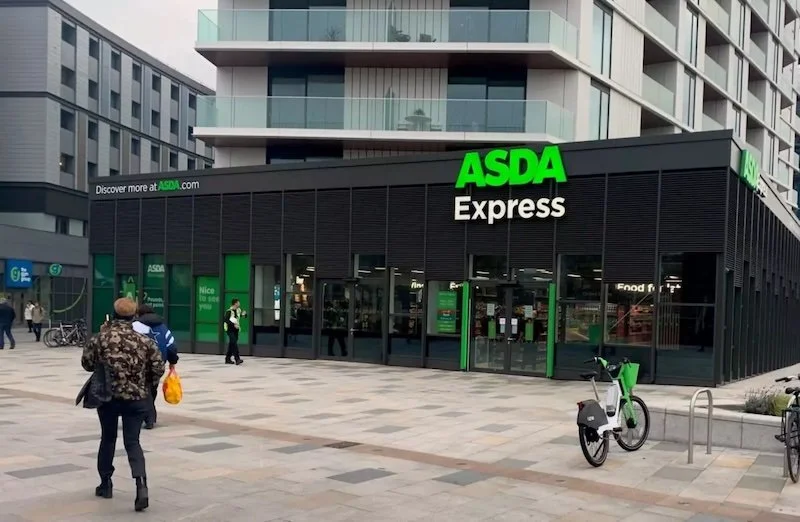
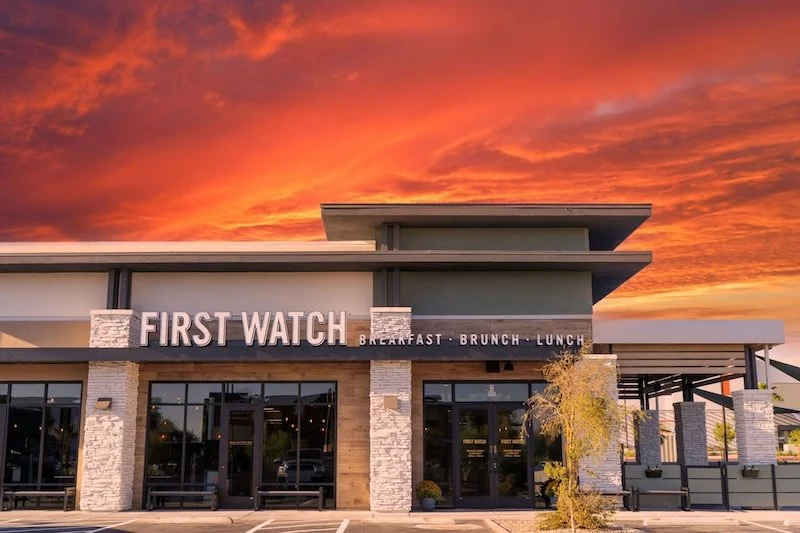
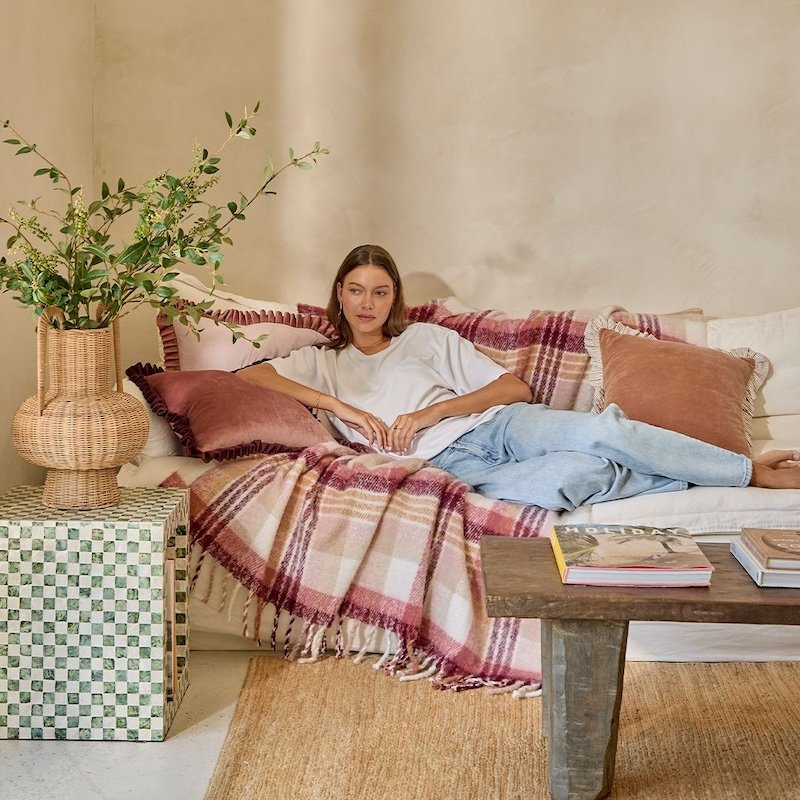

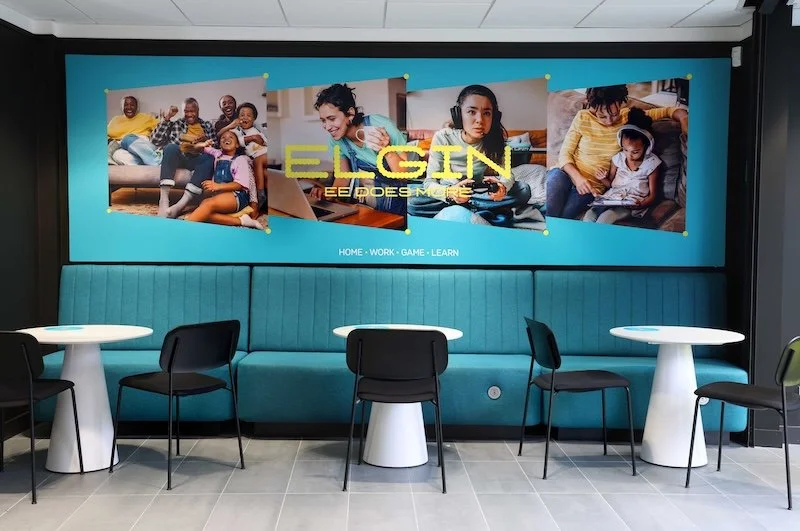
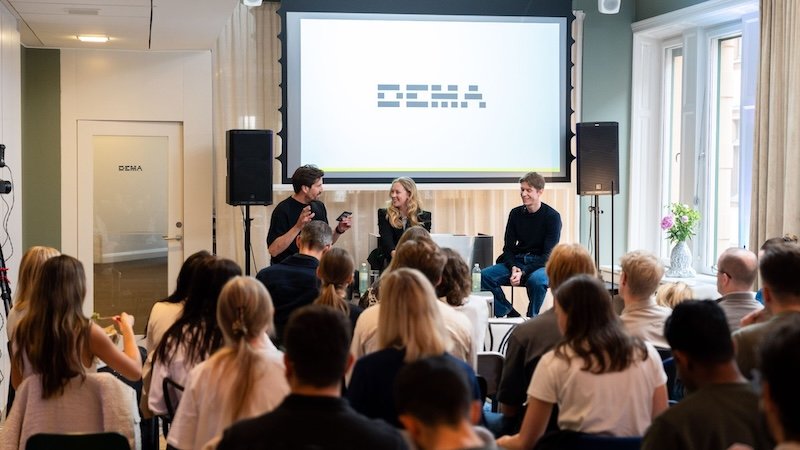
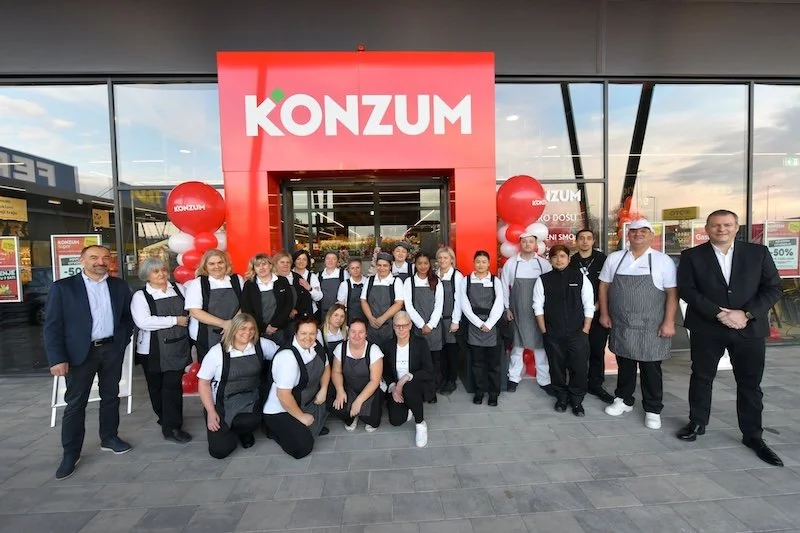
Continue reading…